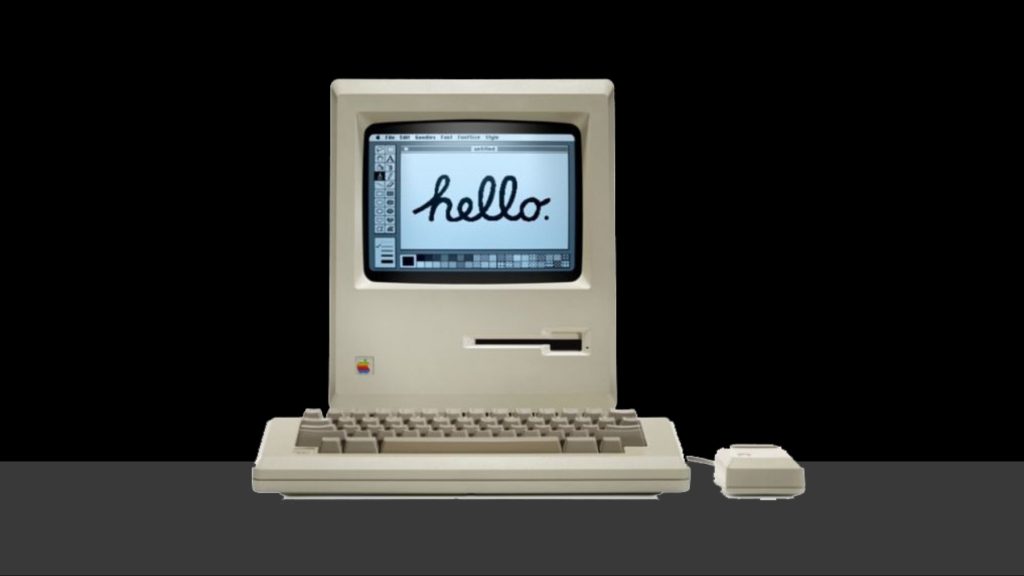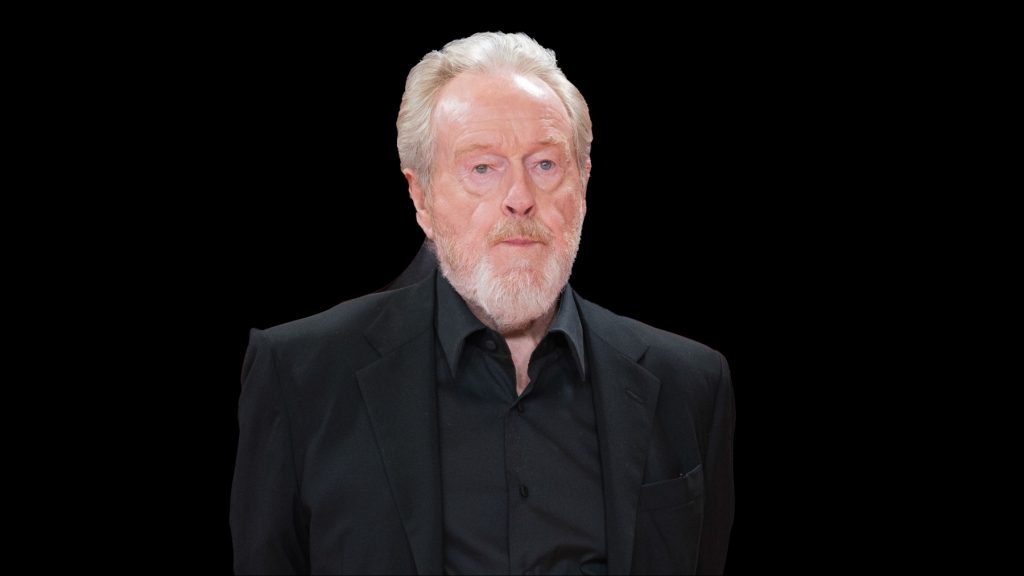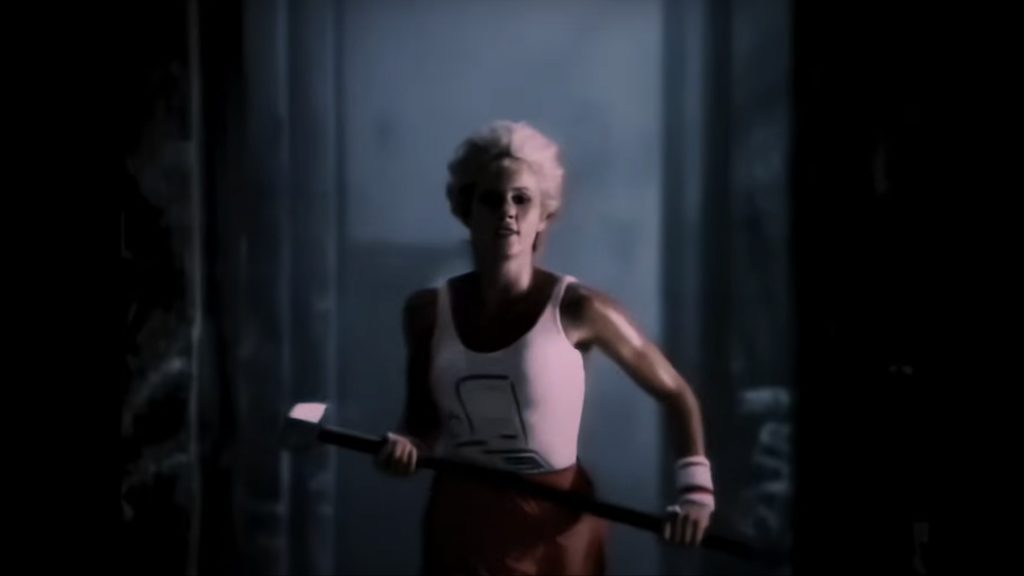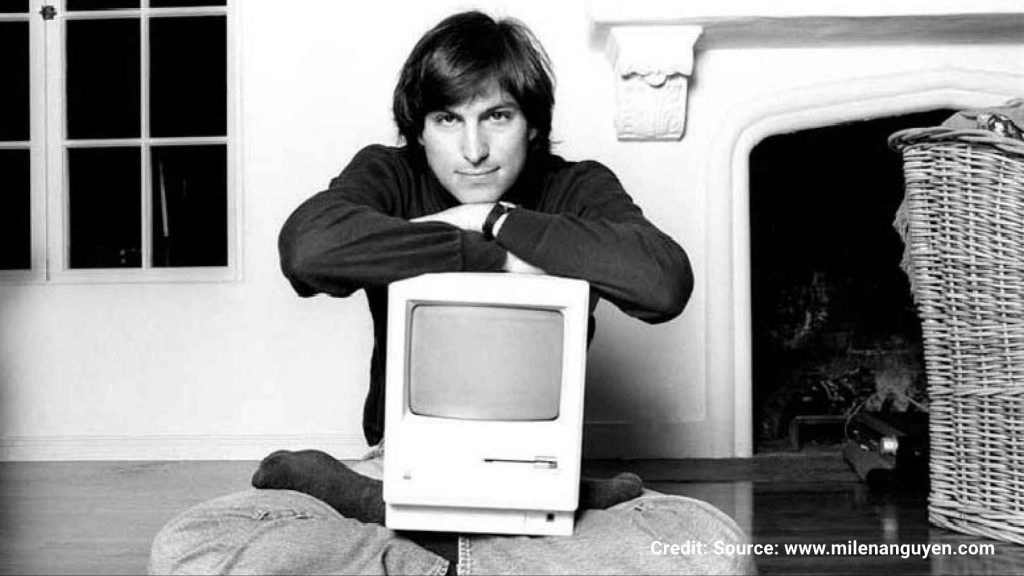
On January 22nd in 1984, 77,000,000 Americans sat down in front of their TV sets to watch Superbowl XV111, the glitzy annual sports finale to the National Football League season. The Washington Redskins versus the Los Angeles Raiders. The final score was 38-7 in favour of the mighty Redskins, a record number of points in a Superbowl game. But to the television viewer, the show was stolen by a TV commercial during one of the breaks in play. Not just because of what the commercial was advertising. But how it advertised it. It was the launch of the Apple Macintosh (Mac, as we know it now), which would be available two days later, on January 24th.
Exactly 40 years ago
No-one had ever seen anything like this computer before. And, trust me, no one had ever seen a commercial like this before. It was, to put it mildly, epic.
Viewers were treated to a production scale only ever seen before on big budget Hollywood blockbusters. It seems almost pre-ordained it was directed by Sir Ridley Scott, of Alien and Blade Runner fame.

Hundreds of enslaved humans marching into a bleak, brutalist hall to view Big Brother on a gigantic monitor. Everything was in monochrome to indicate dystopia. The face on the screen was mouthing mantras such as ‘a garden of pure ideology’ and ‘free from the pestilence of contradictory thought’, while the numbed, blank faces of the ‘enslaved’ stared up at him with lifeless eyes.

But racing down the tubed entrance tunnel was a female athlete, armed with a sledgehammer. Behind her the Thought Police were running to stop her. They don’t, and she arrives in the hall and hurls the sledgehammer at the screen, which explodes. To the sound of a confused collective humming from the audience, a title scrolls up which reads: “On January 24th, Apple will introduce Macintosh. And you’ll see why 1984 won’t be like 1984”. It wasn’t just an Orwellian dig at IBM’s patriarchy of the technology sector, the 1984 commercial promised accessibility to a life free of such control. The ad promised it, the product delivered it.
Throw Away the Formula
It also broke every rule in every advertising book ever published. For starters, it didn’t show the product; probably the most heinous crime of all for a commercial launching a product. It also belched in the face of conventional thinking by being twice the length of the recommended 30 seconds. The commercial failed miserably in research. Even Apple’s board of directors loathed the commercial when it was presented to them and instructed the ad agency to sell the advertising space it had been booked for, to another client. They…errr…failed.
And lastly, it only ever ran once on television. Who the heck makes a million-dollar commercial and only shows it once? That takes a rare sort of courage.
Their Finest Hour
According to the accepting science and practices of television advertising, it was a disaster for Apple. But according to the rest of the world, the launch of the Mac was Apple’s finest hour. Steve Hayden, who was the copywriter responsible for the idea, spoke about how the staff’s agency had gathered to watch the ad appear on television. When the Apple logo faded and the agency staff started cheering, agency founding partner Jay Chiat leaned over and shouted to Steve above the noise “How does it feel to be a f****** star?” Well, Steve Hayden become the highest paid copywriter in the world for at least the next two years.
Whilst maverick Steve Jobs receives all of the plaudits for this advertising masterpiece and how it reshaped how marketers understood brand marketing, it took a lot of salesmanship from Lee Clow, the ad agency Creative Director. I heard a hint, from Steve Hayden himself, that the revulsion felt by other board members for the commercial, may have actually convinced Mr. Jobs that it must be aired, as a perfect reflection of the revolutionary nature of the Mac itself.

We pay tribute to the Mac in another article published today. We also compare the technology of then and now.
Technology Needs Humanity
But this isn’t really an article about technology. Today, we work in an era where 99% of all our decisions are made by technology. Algorithms and AI guide our behaviour to such an extent that it’s now difficult to imagine life before we had these tools. No, this little piece is an homage to courage and conviction, upstream thinking, call it what you will. Defiance for the sake of belief, not for the sake of defiance.
Forty years ago, it took a few people’s courage to promote the idea that people don’t have to understand computers, computers have to understand people. And they did it with Apple Macintosh and a TV commercial.
Just for today, I’d like to forget all the bad press about Apple recently over various issues. And quietly appreciate them for the machine I’m currently typing on.
Inside Telecom provides you with an extensive list of content covering all aspects of the tech industry. Keep an eye on our News sections to stay informed and up-to-date with our daily articles.